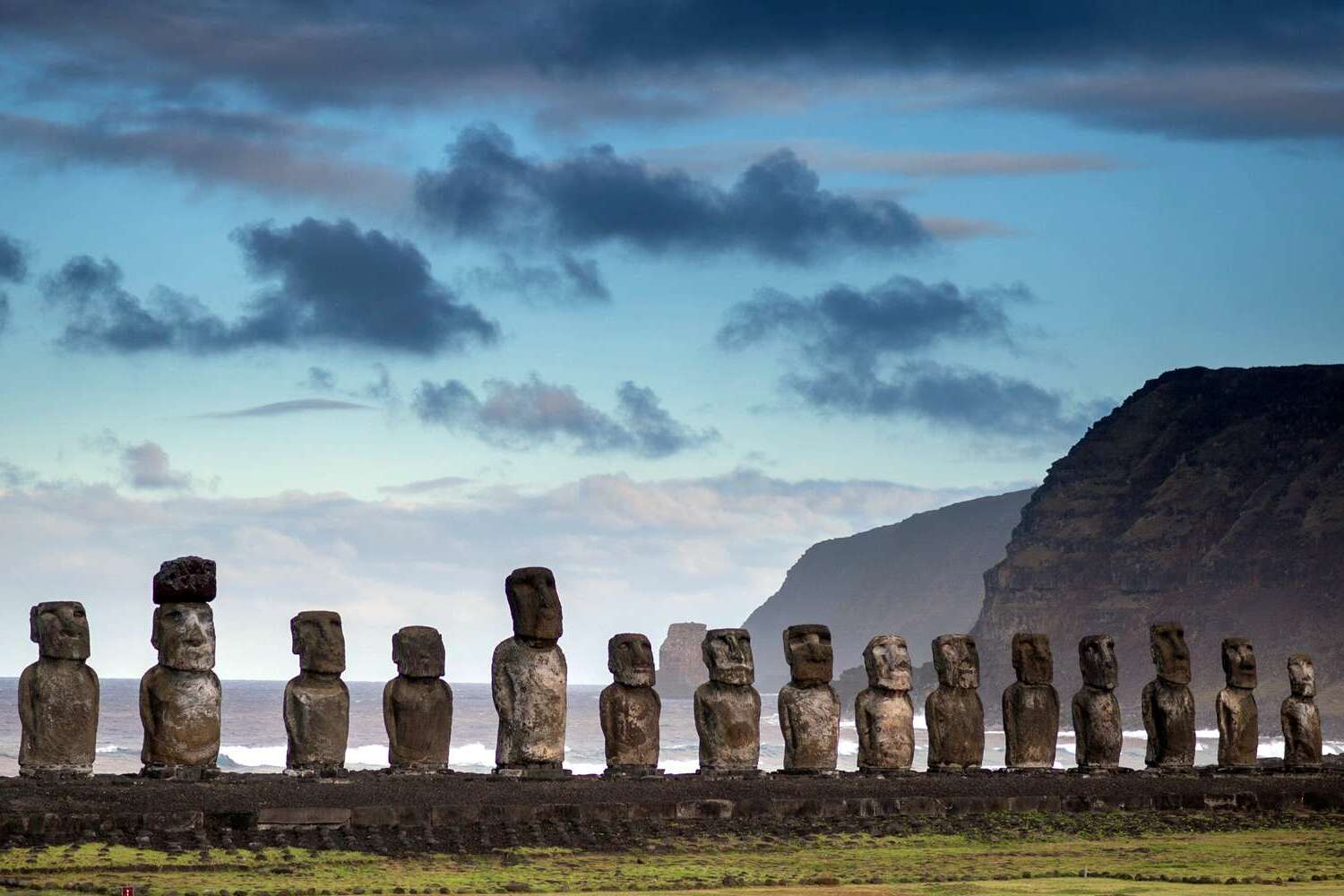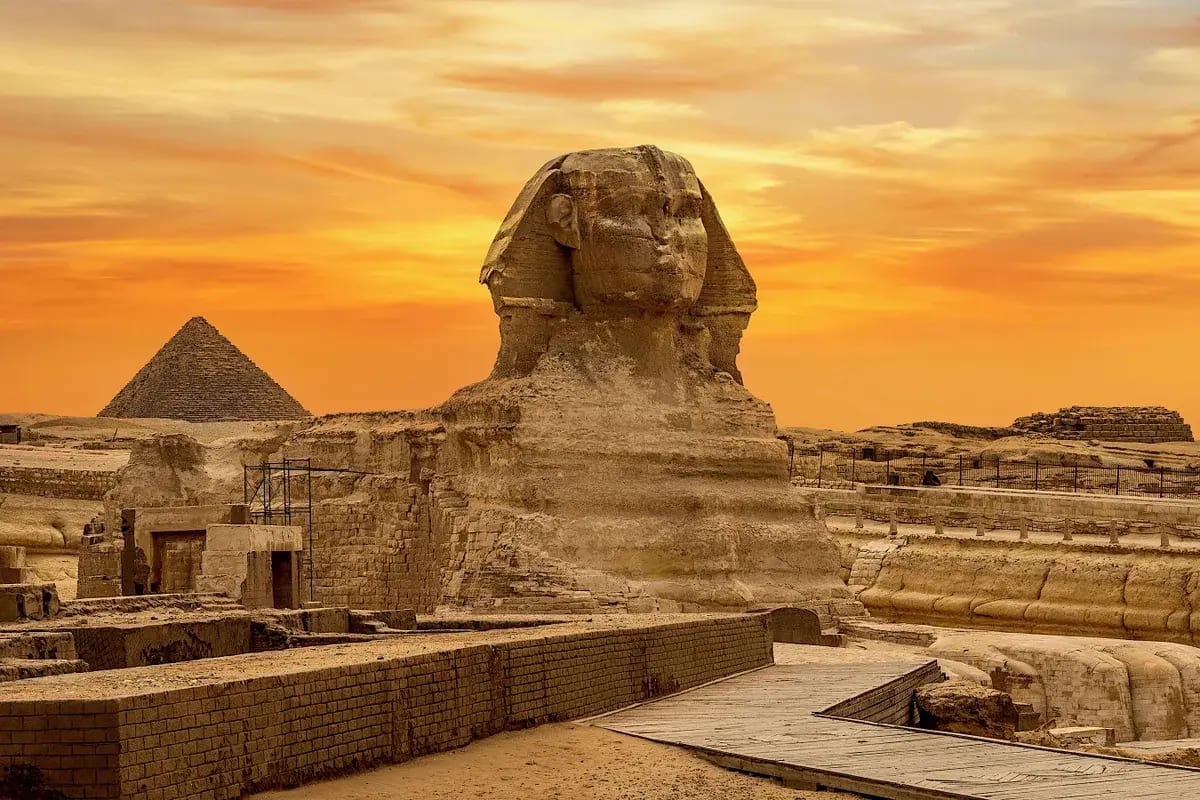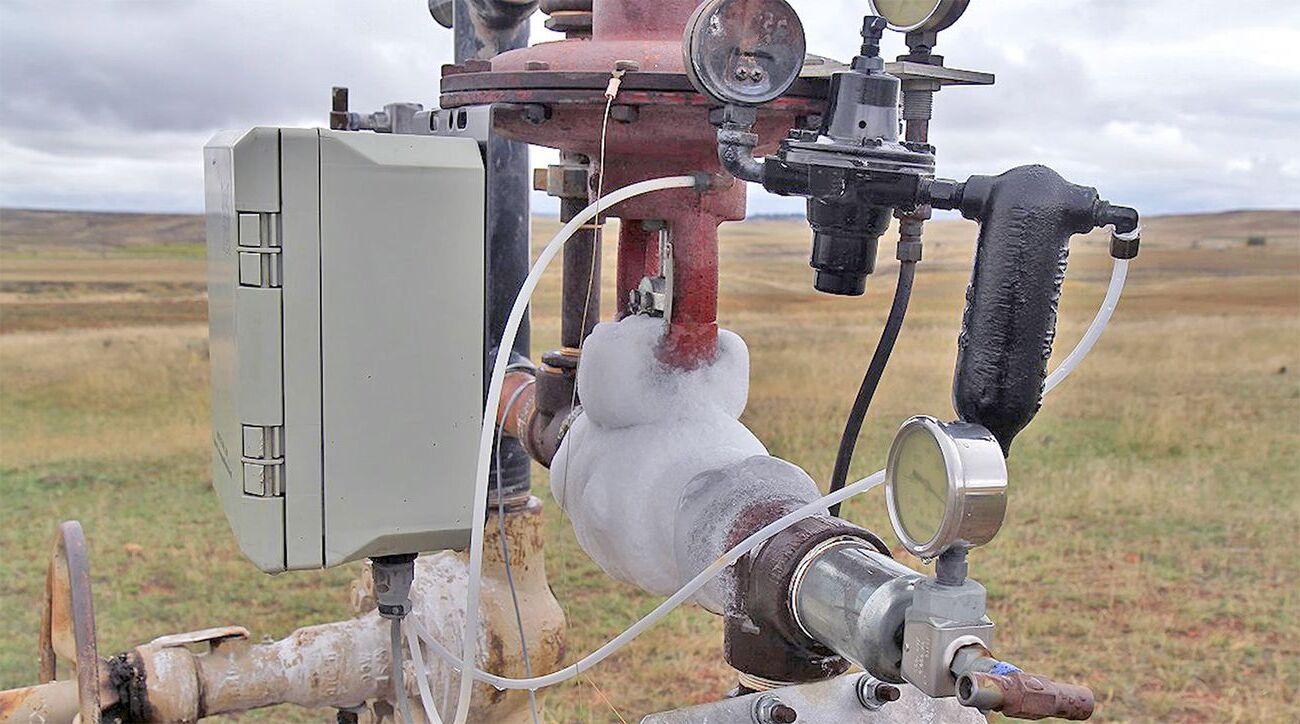
What are the Moai of Rapa Nui? These giant stone statues, scattered across Easter Island, have fascinated people for centuries. Carved by the Rapa Nui people between 1250 and 1500 CE, they represent ancestral figures. Each statue, called a Moai, stands on a stone platform known as an Ahu. Some Moai weigh over 80 tons and stand more than 30 feet tall! Why were they built? Theories suggest they honored important ancestors or were created to project power and authority. How were they moved? This remains a mystery, but many believe they were "walked" using ropes and manpower. Dive into these 29 facts to learn more about these incredible statues and the culture that created them.
The Mysterious Moai Statues
The Moai statues of Rapa Nui, also known as Easter Island, have fascinated people for centuries. These giant stone figures hold many secrets about the island's past. Let's dive into some intriguing facts about these ancient marvels.
-
Moai statues were carved by the Rapa Nui people between 1400 and 1650 AD. These statues represent the ancestors of the islanders, believed to hold spiritual significance.
-
There are approximately 887 Moai statues on Easter Island. Each statue is unique, with distinct facial features and expressions.
-
The tallest Moai statue, called Paro, stands at about 33 feet (10 meters) tall. This giant weighs around 82 tons, showcasing the incredible craftsmanship of the Rapa Nui people.
-
Most Moai statues were carved from volcanic tuff, a soft rock found on the island. This material made it easier to carve the intricate details seen on the statues.
-
The Moai statues were transported across the island using a combination of sledges, rollers, and ropes. This feat required immense teamwork and ingenuity.
-
Many Moai statues were placed on stone platforms called ahu. These platforms served as ceremonial sites and burial grounds for important figures.
-
The Moai statues originally had coral eyes with black obsidian pupils. These eyes were believed to give the statues spiritual power and the ability to watch over the island.
-
Some Moai statues have red stone hats called pukao. These hats, made from a different type of volcanic rock, symbolize the status and power of the individuals they represent.
-
The largest ahu platform, Ahu Tongariki, holds 15 Moai statues. This impressive site was restored after being damaged by a tsunami in 1960.
-
The Rapa Nui people used stone tools called toki to carve the Moai statues. These tools were made from basalt, a hard volcanic rock.
The Cultural Significance of Moai
The Moai statues are more than just impressive works of art. They hold deep cultural and spiritual significance for the Rapa Nui people. Here are some facts that highlight their importance.
-
Moai statues represent deified ancestors. The Rapa Nui believed that the spirits of these ancestors could protect and bless their descendants.
-
The statues were positioned to face inland, watching over the villages. This orientation symbolized the protective nature of the ancestors.
-
The process of carving and erecting Moai statues was a communal effort. Entire communities would come together to create and transport these massive figures.
-
The Rapa Nui people practiced ancestor worship, with the Moai statues playing a central role. Ceremonies and rituals were conducted at the ahu platforms to honor the spirits of the ancestors.
-
The decline of the Moai statue construction coincided with environmental and social changes on the island. Deforestation, resource depletion, and conflicts among clans contributed to the end of this monumental tradition.
-
The Moai statues are a testament to the ingenuity and resilience of the Rapa Nui people. Despite limited resources, they created some of the most iconic sculptures in human history.
The Rediscovery and Preservation of Moai
The Moai statues have captured the imagination of explorers, archaeologists, and tourists alike. Their rediscovery and preservation efforts continue to reveal new insights about Rapa Nui's past.
-
Dutch explorer Jacob Roggeveen was the first European to visit Easter Island in 1722. He named it "Paasch-Eyland," which means "Easter Island" in Dutch, as he arrived on Easter Sunday.
-
The Moai statues were first documented by European explorers in the 18th century. These early accounts sparked curiosity and interest in the mysterious island.
-
Archaeologist Thor Heyerdahl conducted extensive research on Easter Island in the 1950s. His work helped to uncover the history and significance of the Moai statues.
-
The Rapa Nui National Park, established in 1935, protects the Moai statues and other archaeological sites. This UNESCO World Heritage site ensures the preservation of the island's cultural heritage.
-
Modern technology, such as 3D scanning and imaging, is used to study and preserve the Moai statues. These techniques help researchers understand the statues' construction and deterioration over time.
-
Local Rapa Nui people are actively involved in the preservation and restoration of the Moai statues. Their knowledge and expertise are invaluable in maintaining these cultural treasures.
-
Tourism plays a significant role in funding the preservation efforts on Easter Island. Visitors from around the world come to marvel at the Moai statues and learn about their history.
-
The Moai statues have inspired countless books, documentaries, and films. Their enigmatic presence continues to captivate audiences and spark curiosity.
Fun and Lesser-Known Facts about Moai
Beyond their historical and cultural significance, the Moai statues have some fun and lesser-known facts that add to their mystique.
-
Some Moai statues have bodies buried underground. Excavations have revealed that many statues have torsos and even legs, hidden beneath the surface.
-
The Moai statues are often depicted in popular culture, from video games to cartoons. Their iconic appearance makes them instantly recognizable.
-
Easter Island is one of the most remote inhabited places on Earth. This isolation adds to the mystery and allure of the Moai statues.
-
The Rapa Nui language and culture are still alive today. Efforts to preserve and revitalize the island's heritage continue, with the Moai statues playing a central role.
-
The Moai statues are a symbol of human creativity and perseverance. Their creation and enduring presence remind us of the incredible achievements of ancient civilizations.
The Legacy of Moai
Moai statues on Rapa Nui, also known as Easter Island, continue to fascinate people worldwide. These massive stone figures, carved by the Rapa Nui people, stand as a testament to their ingenuity and craftsmanship. Each statue, with its unique features, tells a story of a civilization that thrived in isolation.
Despite many theories, the exact methods used to transport and erect these statues remain a mystery. This enigma adds to their allure, drawing researchers and tourists alike. The Moai are not just relics of the past but symbols of cultural pride and resilience.
Preserving these statues is crucial. They face threats from natural erosion and human activity. Efforts to protect and restore them are ongoing, ensuring future generations can marvel at these incredible creations. The Moai of Rapa Nui remind us of the enduring human spirit and our shared history.
Was this page helpful?
Our commitment to delivering trustworthy and engaging content is at the heart of what we do. Each fact on our site is contributed by real users like you, bringing a wealth of diverse insights and information. To ensure the highest standards of accuracy and reliability, our dedicated editors meticulously review each submission. This process guarantees that the facts we share are not only fascinating but also credible. Trust in our commitment to quality and authenticity as you explore and learn with us.


